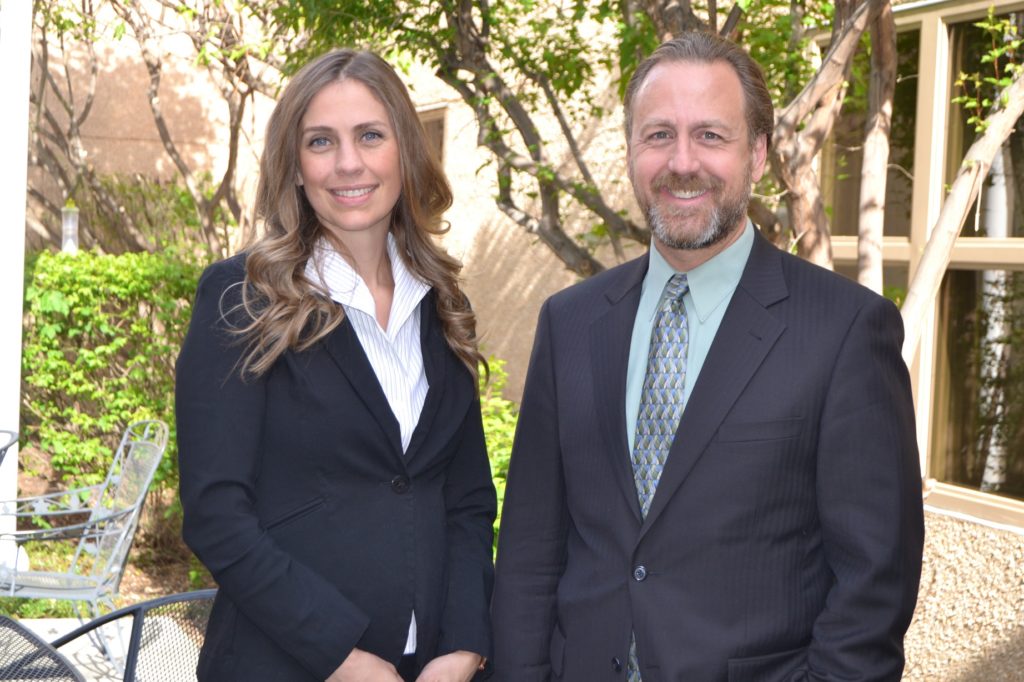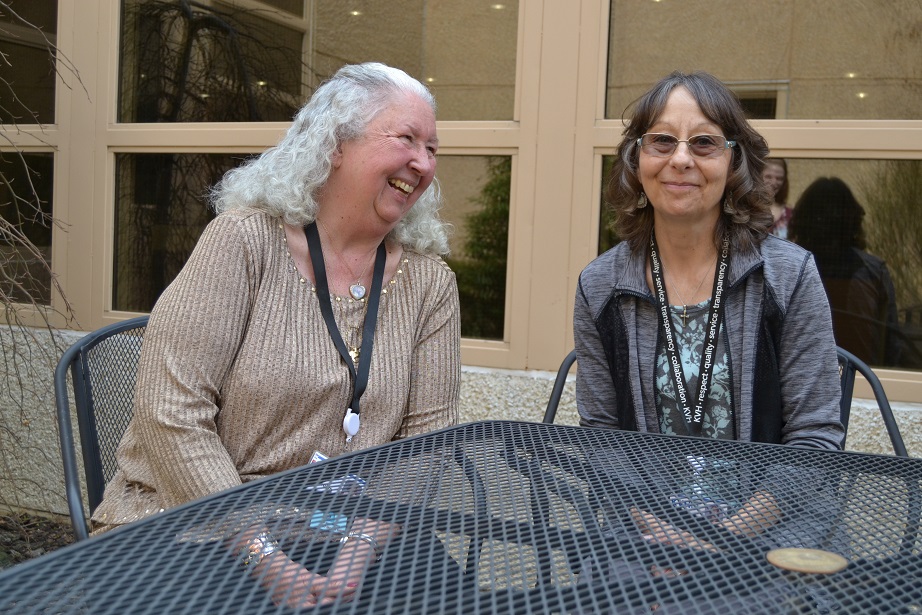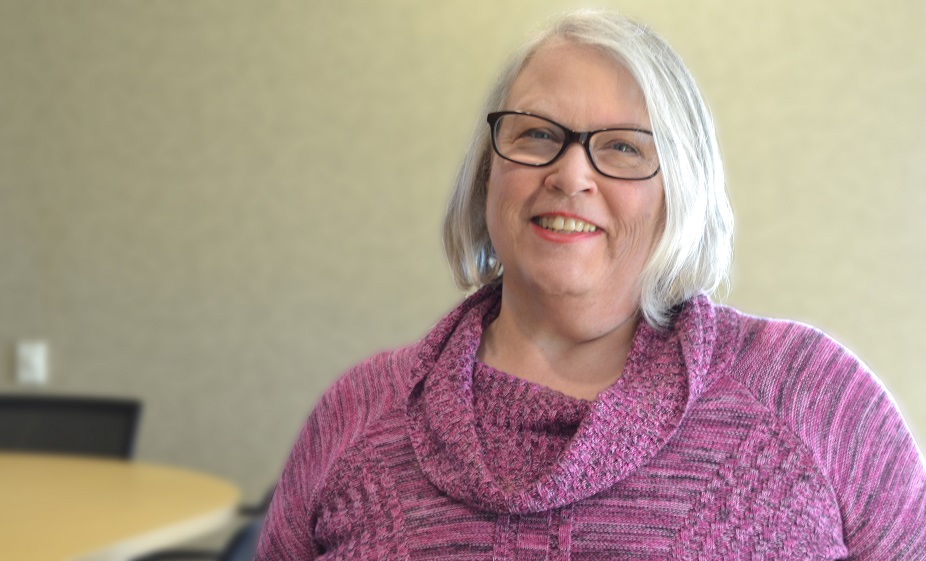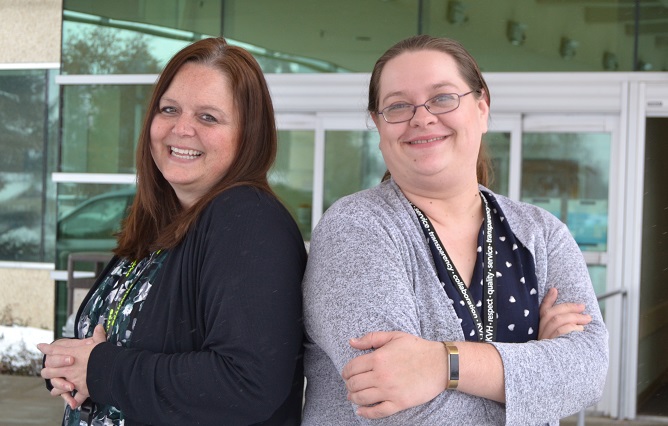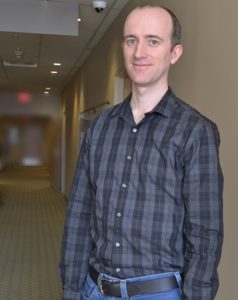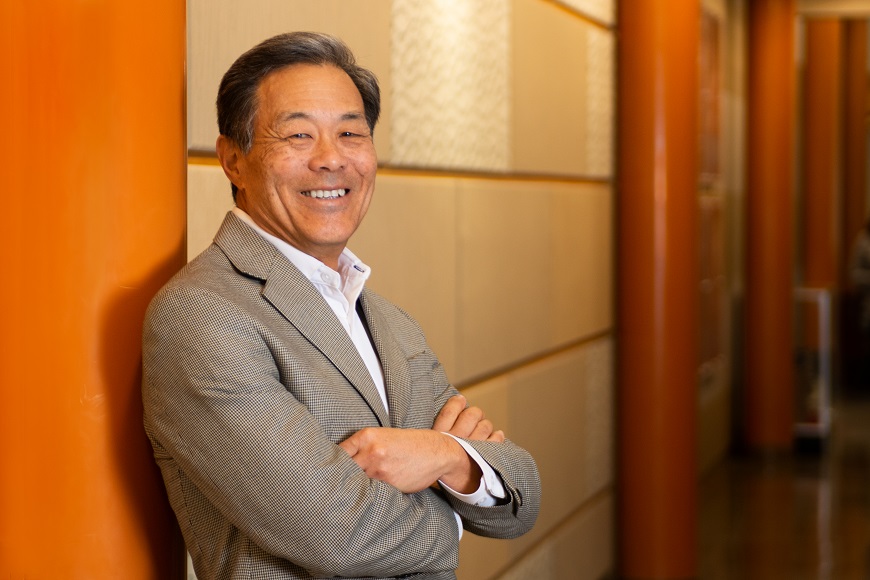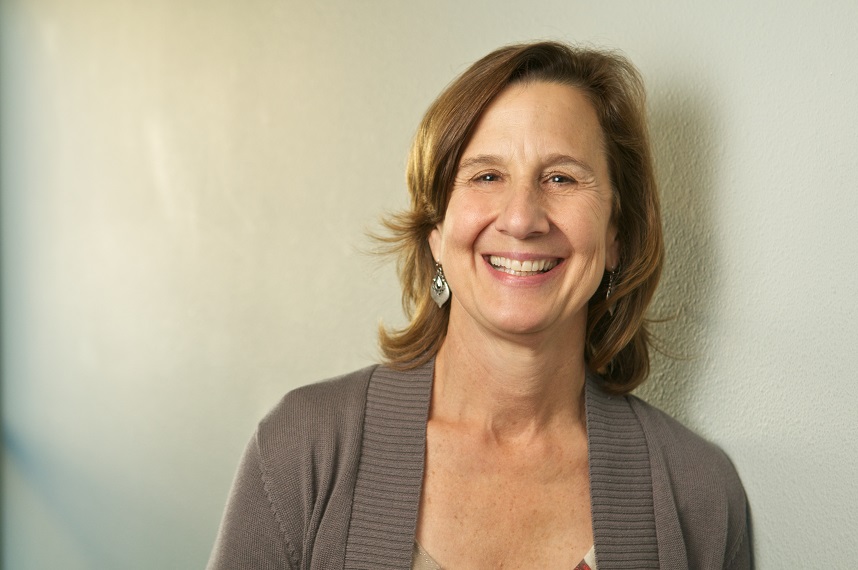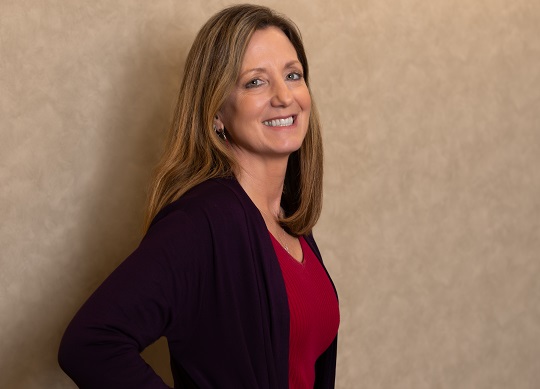Normally, Behind the Scenes pieces open with the line “We sat down with…,” but in this case, Community Relations intern Arianna Walker wrote the post herself from start to finish. As you’ll see, she has a wonderful writing voice. Our team has enjoyed working with Arianna over the past months, and we warmly congratulate her on earning a Bachelor’s in Public Relations. Watch out world, here she comes!

There’s no place like marketing…I read that phrase every day that I’m in my office. This is mostly because it’s taped to the stapler that sits on my desk, but this phrase has also grown on me in the past couple of months.
I’ve been a public relations/advertising student at CWU for around two years now. Before that, I took courses in communication studies and graphic design. The experience I’ve gained through doing public relations/advertising in the classroom has helped me discover an enthusiasm and a passion for this line of work. The more I’ve learned, the more I have wanted to go out and experience this career in the real world. KVH Community Relations gave me the opportunity to do this.
I heard about this KVH internship opportunity through my boyfriend’s uncle, who works at KVH. He was aware that I was looking for an internship for my last quarter of school and told me that Community Relations was interested in having a student intern. I jumped on the opportunity because it sounded like the perfect fit: something in town, something close by, and an opportunity to use my skills and knowledge in a real-world setting.
Before starting as an intern here, I hadn’t thought much about public relations/advertising in the healthcare industry. Even though I have learned in my studies that public relations is a need across almost all industries, I mainly associated it with companies that market products or food and companies that market specialty services. I was not sure what to expect in terms of projects, content creation, advertising, and other areas. The work I have done has been just the kind of experience I’ve been looking for.
During my two months interning in the Community Relations Department, I have worked on a variety of projects and utilized my skills and knowledge in multiple ways. I have created advertisements, assisted with event coordination/scheduling/promotion, created a newsletter, written web content, and so much more. I have also had the opportunity to work with two women who are experienced professionals. Michele Wurl and Jan Powell have both given me constructive feedback on the work I’ve done, which has helped me learn and grow as a professional.
The most rewarding part of this internship has not only been seeing the successful finished products that I have created, but also the value of the experience I have gained. I have been able to see my hard work put in motion and produce results. The work I have done for KVH has been rewarding and valuable experience for my career.
Another rewarding part of this internship is the people I’ve met and the acquaintanceships I’ve made. Michele and Jan have both been a pleasure to work with and have supported me throughout my time here. I have also met most everyone on the administrative team and all of them have been friendly and have made me feel at home here.
The skills and professionalism I have gained during my internship are things I will carry with me as I begin my career after college. I am truly grateful for this experience and opportunity to “dip my toes” in the KVH Community Relations pool.


